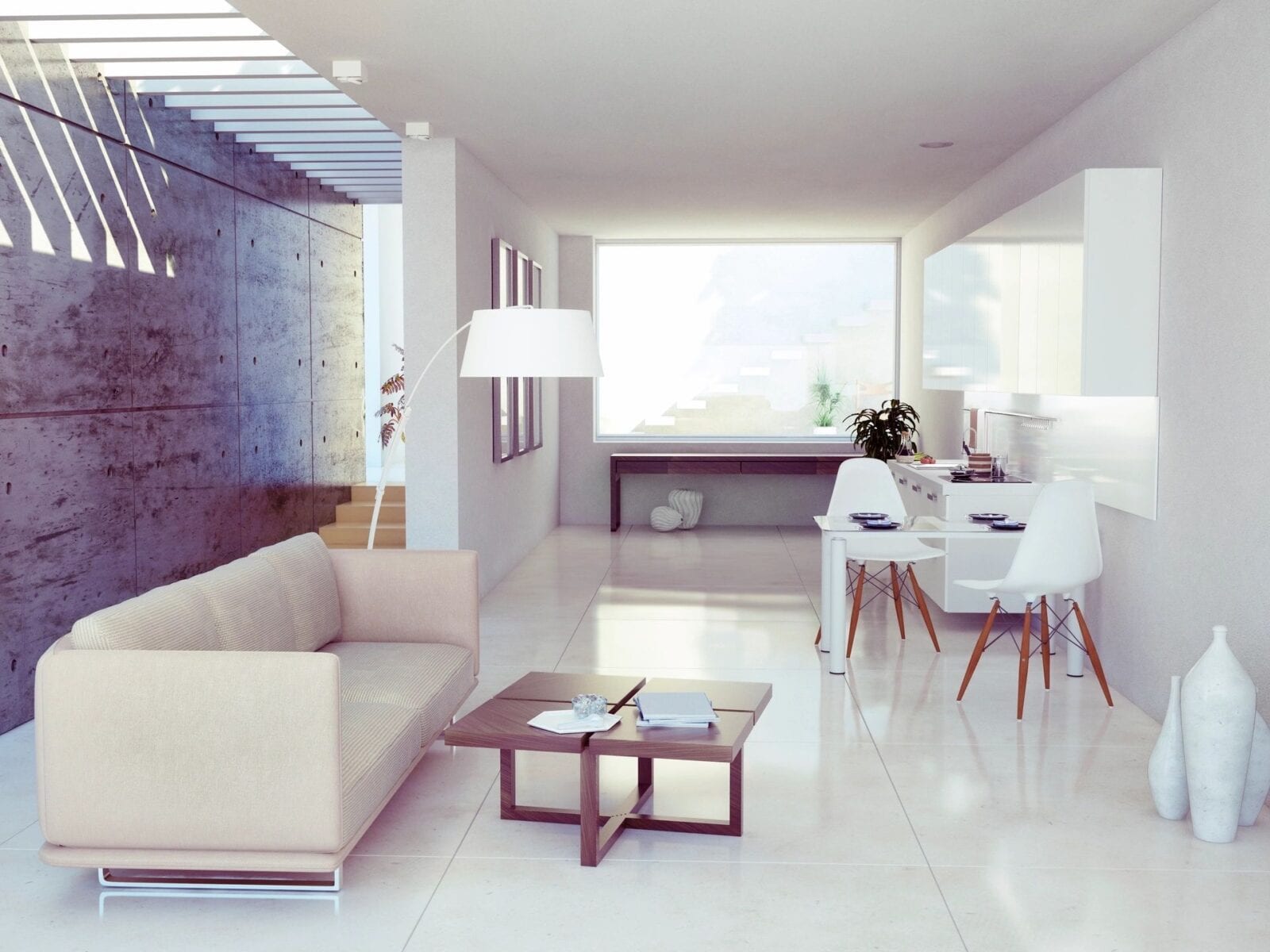Table of contents
Pros and Cons Of Starting a Home Staging Business
Given the statistics and market growth, home staging business is becoming a huge opportunity for entrepreneurs. Starting a home staging business comes with many challenges and responsibilities. A home staging business requires more than simply putting furniture or props together. Every detail counts and without good communication skills, you will never win clients and stage houses effectively.
If you are thinking of starting a home staging business, it can help to assess the following pros and cons.
Advantages of Starting a home staging business
Low Investment Required
Low investment required, and little to no overhead. Some home staging projects require minimal sprucing up. It’s just a matter of decluttering and cleaning, moving the furniture around, and the strategic placement of decor. Other projects will need a fresh coat of paint, and a few new pieces of key furniture, which home staging professionals can get at a discount from their network of suppliers.
No Certification or Licenses required
No certification or licenses needed to get started. As long as one has a keen eye for detail and design, it’s easy to get started in this business.
Increased Demand for Home Staging Professionals
The need for a home staging professional is growing. Realtors and homeowners now appreciate the value added by home staging professionals. A home stager is objective and can easily spot areas of the home that could drag down the selling price.
Potential for high-profit margins
Potential to earn big is high. If the home staging professional applies the right strategic approach, markets themselves well, prices just right, and maximizes their network, then opportunities are countless.
Disadvantages of starting a home staging business
Increased investment over time
Investment can go up, as home staging professionals build their client base. As a home staging professional accumulates furniture and decor, they will need to invest in storage space. This can cause cash flow constraints because the large capital outlay needed upfront to purchase the inventory. That is unless they look at financing options for furniture staging companies. Having a low monthly payment can help them acquire inventory and ease the growing pains associated with the need for inventory and storage. This will provide them with easy access to their future projects. With the changing trends in design and home interiors, a home stager will have to acquire a varied collection of furniture and decor.
Demand can drop significantly in a weak real estate market
Demand can drop significantly in a weak real estate market. During these times, the homeowner will opt to DIY their home staging, trying to get as much as they can from the sale of their house, at minimum expense. One recommendation is for home staging companies to offer additional services such as in-home consultations. They can help homeowners with staging the furniture they already have at a minimum cost. Another recommendation is those home stagers have a few third parties they work with to sell off existing inventory. That way if there is a downturn in the real estate market they can sell off inventory and move more towards a consultative approach.
Working inconsistent hours
Working under time pressure. Some homeowners want to sell their houses immediately. In cases like these, the home stager will most likely work at night and at weekends. In order to be a successful home stager, you need to be flexible with your hours of availability.
